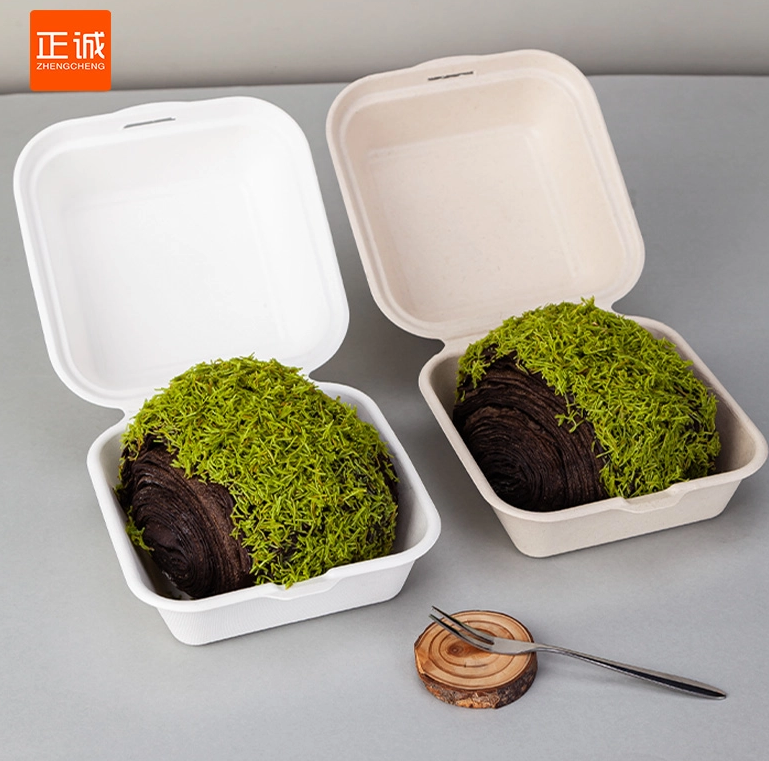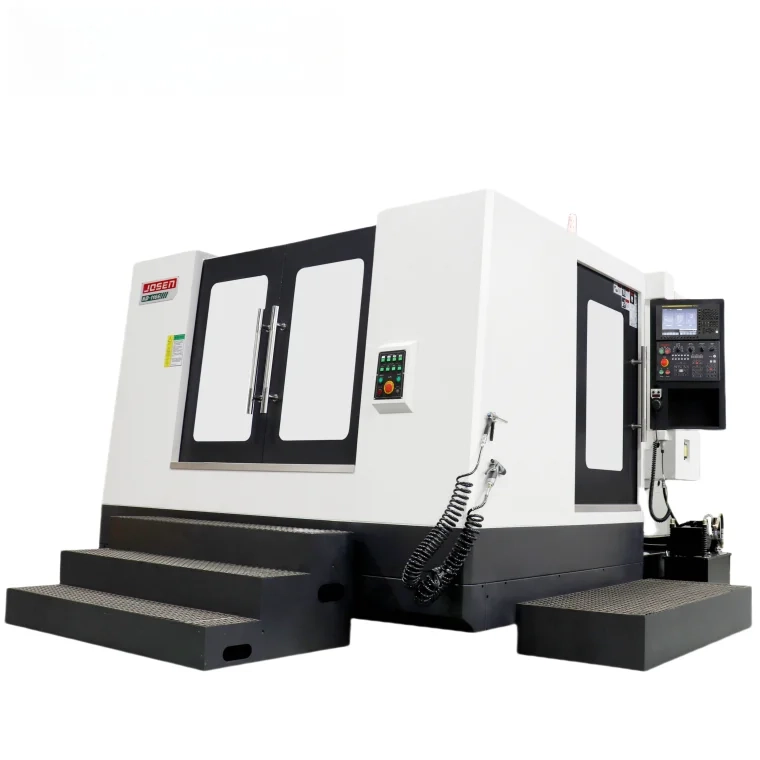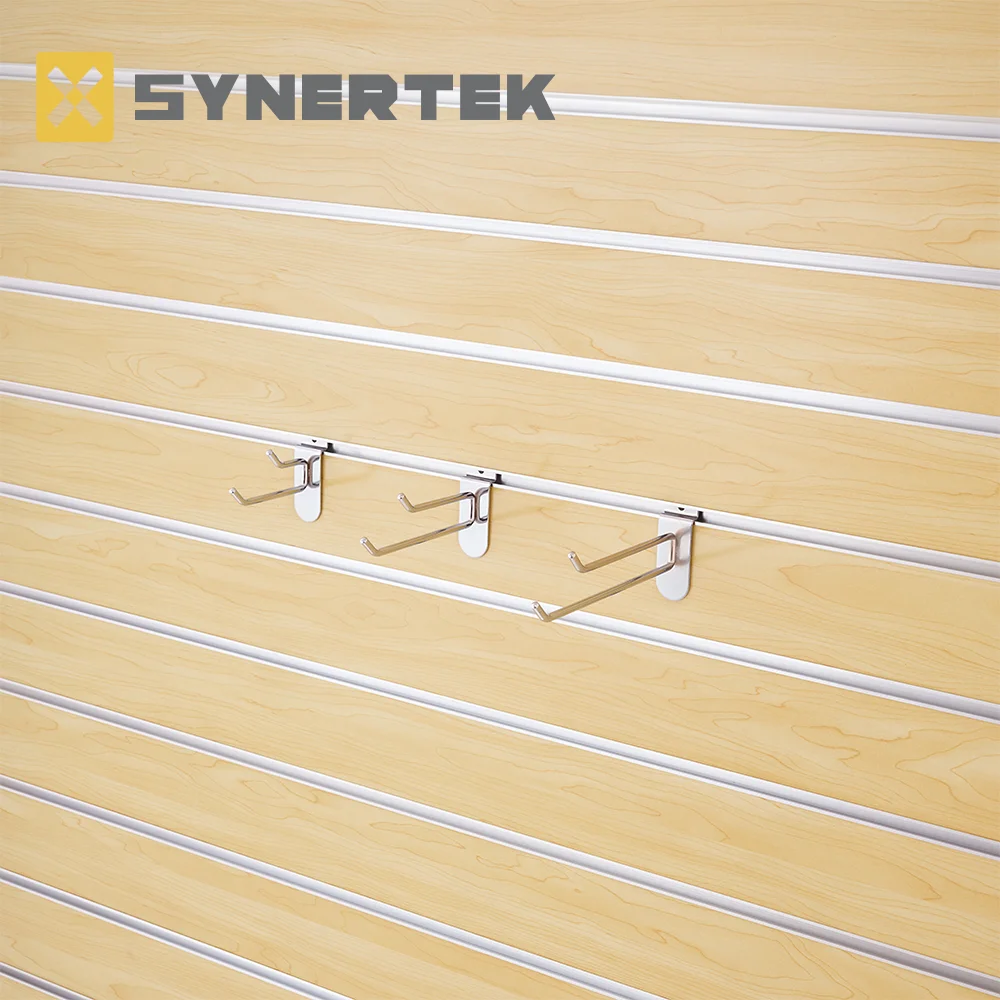When it comes to construction and manufacturing, sheet metal is a ubiquitous material known for its versatility and strength. However, one of the most critical aspects of working with sheet metal is ensuring that components are securely anchored. This article delves into the intricacies of how to anchor into sheet metal effectively, providing you with a detailed understanding of techniques, tools, and best practices.
Understanding Sheet Metal and Its Properties
Before we dive into anchoring techniques, it’s essential to understand the properties of sheet metal. Typically made from materials like aluminum, steel, or stainless steel, sheet metal is characterized by its thin, flat shape and can be easily manipulated through processes such as bending, cutting, and welding. The thickness of sheet metal can vary, impacting the choice of anchoring methods.
Types of Anchors for Sheet Metal
When anchoring into sheet metal, several types of anchors can be employed, each suited for different applications and load requirements. Here are the most common types:
- Self-Tapping Screws: These screws are designed to create their own hole as they are driven into the metal. They are ideal for thin sheets and provide a strong hold without the need for pre-drilling.
- Rivets: Riveting is a permanent fastening method that involves deforming the rivet to create a secure joint. This method is particularly useful for applications requiring high strength and resistance to vibration.
- Toggle Bolts: For heavier loads, toggle bolts can be used. They consist of a bolt and a spring-loaded toggle that expands behind the sheet metal, distributing the load over a larger area.
- Nut and Bolt Assemblies: For applications requiring disassembly, using a nut and bolt assembly is ideal. This method allows for easy maintenance and replacement of components.
- Adhesive Anchors: In some cases, adhesive anchors can be used to bond components to sheet metal. This method is particularly useful in applications where traditional mechanical fasteners may not be feasible.
Preparing the Sheet Metal
Proper preparation of the sheet metal is crucial for successful anchoring. Here are some steps to follow:
- Clean the Surface: Ensure that the area where the anchor will be installed is free from dirt, grease, and oxidation. A clean surface promotes better adhesion and ensures that mechanical fasteners grip effectively.
- Measure and Mark: Accurate measurements are essential. Use a measuring tape and a marker to indicate where the anchors will be placed. Double-check your measurements to avoid costly mistakes.
- Select the Right Tools: Depending on the type of anchor you choose, you will need specific tools. For self-tapping screws, a power drill with the appropriate bit is necessary. For rivets, a rivet gun will be required.
Anchoring Techniques
Now that you have prepared the sheet metal, it’s time to anchor. Here are some techniques for different types of anchors:
Self-Tapping Screws
- Drill Pilot Holes (if necessary): For thicker sheet metal, it may be beneficial to drill a pilot hole to guide the screw.
- Drive the Screw: Use a power drill to drive the self-tapping screw into the marked location. Ensure that the screw is flush with the surface to avoid any protrusions.
Riveting
- Insert the Rivet: Place the rivet through the aligned holes of the components being joined.
- Use the Rivet Gun: Position the rivet gun over the rivet and squeeze the handles to deform the rivet, creating a secure joint.
Toggle Bolts
- Drill a Hole: Drill a hole large enough to accommodate the toggle bolt.
- Insert the Toggle: Fold the toggle and insert it through the hole. Once inside, it will expand, allowing you to tighten the bolt securely.
Nut and Bolt Assemblies
- Align the Components: Position the components to be joined and align the holes.
- Insert the Bolt: Pass the bolt through the holes and secure it with a nut on the opposite side.
Best Practices for Anchoring into Sheet Metal
- Avoid Over-Torquing: Over-tightening can strip the threads or deform the metal, leading to failure. Always follow the manufacturer’s specifications for torque settings.
- Use Washers: When using bolts or screws, consider using washers to distribute the load and prevent damage to the sheet metal.
- Consider Corrosion Resistance: If the sheet metal will be exposed to moisture or corrosive environments, choose anchors made from corrosion-resistant materials, such as stainless steel or coated fasteners.
- Regular Inspections: Periodically inspect the anchored joints for signs of wear or loosening, especially in high-vibration applications.
Conclusion
Anchoring into sheet metal is a skill that requires knowledge of materials, tools, and techniques. By understanding the properties of sheet metal and selecting the appropriate anchoring method, you can ensure strong, reliable connections that stand the test of time. Whether you are a seasoned professional or a DIY enthusiast, mastering these techniques will enhance your ability to work with sheet metal effectively. Remember, the key to successful anchoring lies in preparation, precision, and adherence to best practices.






+ There are no comments
Add yours